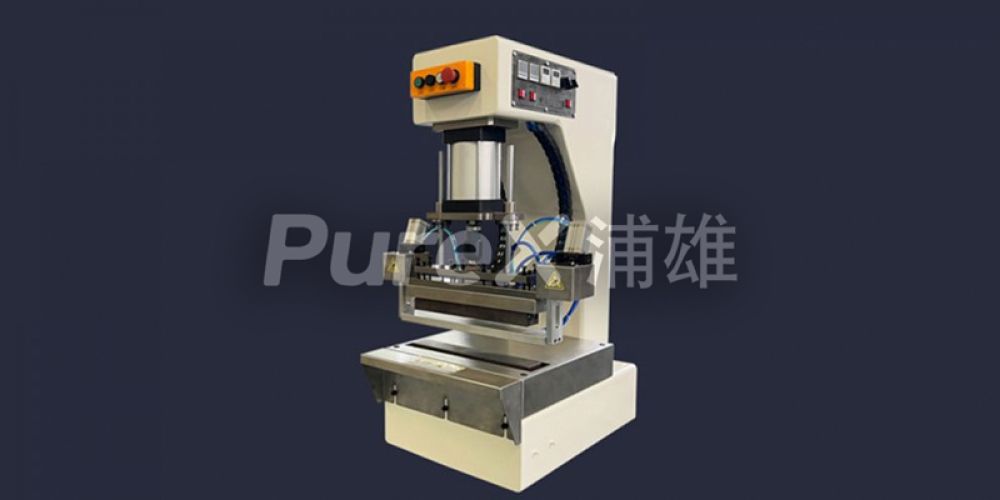PTFE (Polytetrafluoroethylene) Membrane Thermal Welding
PTFE membrane thermal welding is a technique that joins PTFE membranes through heating and pressure, widely used in chemical, environmental, electronic, and medical industries. Due to PTFE's exceptional chemical stability, high-temperature resistance, low friction coefficient, and non-stick properties, its thermal welding process requires specialized equipment and technical expertise. Below are the key aspects of PTFE membrane thermal welding:
1. Principles of Thermal Welding
Welding Principle: High temperatures melt the PTFE membrane surfaces, and pressure fuses the layers into a robust bond.
Key Equipment: Thermal welders (high-frequency or hot-air welding machines), temperature control systems, pressure devices.
2. Thermal Welding Process
- Surface Preparation: Clean PTFE surfaces before welding to remove grease and contaminants, ensuring weld quality.
- Temperature Control: PTFE melts at ~327°C; welding temperatures are typically set to ~380°C to avoid material decomposition.
- Pressure Control: Apply optimal pressure during welding to fuse molten layers, adjusted based on membrane thickness and requirements.
- Cooling & Solidification: Maintain pressure post-welding until the joint cools to room temperature for maximum strength.
3. Welding Methods
- High-Frequency Welding: Uses high-frequency electromagnetic fields to generate internal heat for fusion.
- Hot-Air Welding: Heats surfaces with a hot-air gun while applying pressure.
- Hot-Plate Welding: Melts membranes via heat conduction from a heated metal plate, followed by pressure bonding.
4. Key Considerations
- Temperature Limits: Excessive heat can decompose PTFE, releasing toxic gases (e.g., hydrogen fluoride). Strict temperature control is critical.
- Uniform Pressure: Ensure even pressure distribution to prevent weak spots or localized overheating.
- Ventilation: Operate in well-ventilated areas to avoid toxic gas accumulation.
- Surface Pretreatment: Clean and pretreat surfaces (e.g., plasma or chemical treatment) to enhance weld strength.
5. Equipment
- High-Frequency Welders: Ideal for large-area welding, offering uniform heating and speed.
- Hot-Air Welders: Suited for small or complex-shaped membranes with high flexibility.
- Customized Systems: Tailored solutions for specific PTFE welding requirements.
6. Applications
- Chemical Industry: Corrosion-resistant pipelines, valves, and containers.
- Environmental Protection: Filtration membranes, wastewater treatment equipment.
- Electronics: High-frequency circuit boards, insulating materials.
- Medical Field: Biocompatible medical devices and implants.
7. Advantages
- High Strength: Welded joints achieve ≥90% of the base material’s strength.
- Excellent Sealing: Leak-free joints for high-pressure/high-temperature environments.
- Corrosion Resistance: Retains PTFE’s inherent chemical inertness post-welding.
- Flexibility: Choose between high-frequency or hot-air methods based on needs.
8. Challenges
- Precise Temperature Control: Balancing high melting points with decomposition risks.
- Pressure Uniformity: Avoiding uneven bonding due to inconsistent pressure.
- Toxic Gas Management: Mitigating hazardous emissions during welding.
9. Process Optimization
- Surface Pretreatment: Enhance surface energy via plasma/chemical methods.
- Parameter Tuning: Optimize temperature, pressure, and welding duration for specific membrane thicknesses.
- Equipment Advancements: Upgrade to precision thermal welders and temperature control systems.
10. Case Studies
- Chemical Pipelines: Welded PTFE membranes ensure safe corrosive fluid transport.
- Wastewater Filters: Durable filtration membranes boost efficiency and lifespan.
- Electronic Insulation: Stable signal transmission in high-frequency circuits.
Summary
PTFE membrane thermal welding is a reliable, high-performance bonding technology with broad industrial applications. By precisely controlling temperature, pressure, and process parameters—supported by advanced equipment—high-quality welds can be achieved to meet diverse sector demands.
